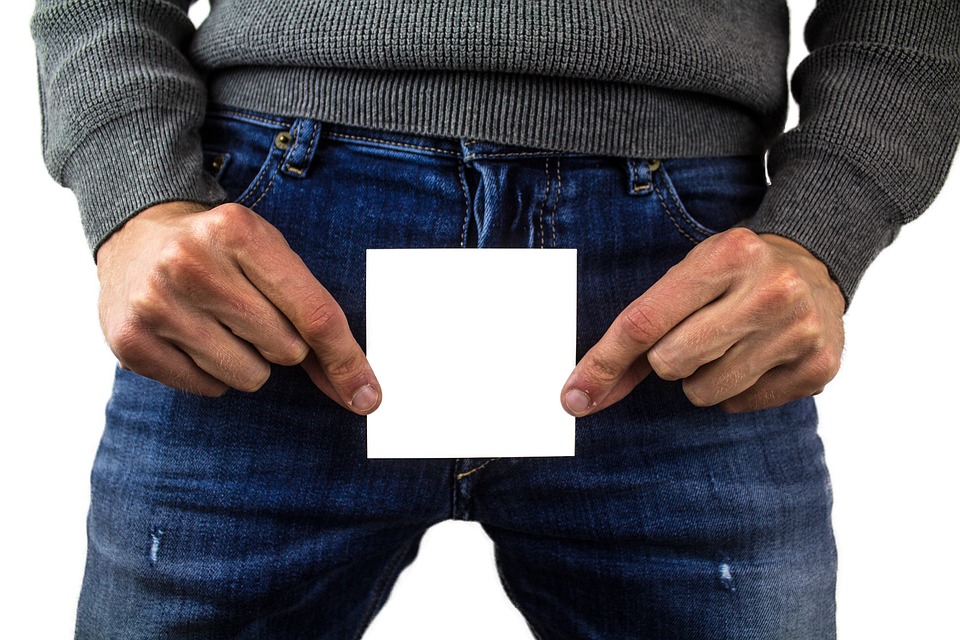The penis is a cylindrical and elongated external organ of the male genitalia. It is primarily used for sexual intercourse and urination.
The penis is composed of three main parts: the root, the body or shaft, and the glans. The root of the penis is the part that attaches to the pelvic bone and is not visible from the outside. The body or shaft of the penis is the elongated part that is visible from the outside and is made up of spongy tissue and blood vessels that allow it to become erect when sexually aroused. The glans of the penis is the rounded tip of the organ and is highly sensitive to touch and stimulation.
The penis also has two main structures called the corpora cavernosa, which are two cylindrical structures that run along the length of the penis and are responsible for the majority of the penis’s rigidity during an erection. The corpus spongiosum is another structure that surrounds the urethra and helps to maintain the rigidity of the penis during sexual intercourse.
The size of the penis can vary greatly from person to person, and there is no standard or “normal” size. The average erect penis size is around 5.16 inches (13.12 centimeters) in length and 4.59 inches (11.66 centimeters) in circumference, although sizes can range from less than 3 inches (7.62 centimeters) to over 7 inches (17.78 centimeters). It’s important to note that the size of the penis does not determine sexual performance or satisfaction and that individuals can enjoy fulfilling sexual experiences regardless of their penis size.
What is the age limit for pennis growth?
The growth of the penis usually starts around the age of 9 to 14 years and continues until the age of 18 to 21 years. The growth of the penis occurs during puberty when the body undergoes significant hormonal changes. The hormone responsible for the growth of the penis is testosterone, which is produced by the testes.
During puberty, the penis undergoes both length and girth growth. The length of the penis can increase by an average of 1 to 2 inches (2.5 to 5 centimeters) during this period, and the girth can also increase.
It’s important to note that every individual’s growth pattern is different, and there is a wide variation in penis size among different populations.
Causes of small penis sizes
There is no single cause of a small penis size, as it can be influenced by a variety of factors, including:
- Genetics: The size of the penis can be influenced by genetics, meaning that if a man’s father or other male family members have a small penis size, there may be a higher likelihood of inheriting the trait. It is also worth noting that genetics can affect the body’s production of testosterone, which can impact penis size.
- Hormonal imbalances: During fetal development and puberty, hormonal imbalances can affect penis size. Specifically, lower levels of testosterone or growth hormone can result in a smaller penis size. Additionally, certain medical conditions that affect hormone levels, such as Klinefelter syndrome or androgen insensitivity syndrome, can lead to a smaller penis size.
- Medical conditions: Some medical conditions can also impact penis size. For example, hypogonadism is a condition in which the body produces lower-than-normal levels of testosterone, which can result in a smaller penis size. Other medical conditions that can affect penis size include Peyronie’s disease, which causes the penis to curve or bend, and hypospadias, a condition in which the urethral opening is located on the underside of the penis rather than at the tip.
- Age: As men age, their penis size may naturally decrease due to a decrease in blood flow to the area, as well as a reduction in the production of hormones like testosterone. This is a normal part of the aging process and does not necessarily indicate a medical problem.
- Obesity: Being overweight or obese can cause a buildup of fat around the base of the penis, which can make it appear smaller. Additionally, obesity can lead to a reduction in testosterone levels, which can also affect penis size.
- Smoking: Smoking can damage blood vessels and reduce blood flow to the penis, which can lead to a smaller size. Additionally, smoking can lead to a reduction in testosterone levels, which can further impact penis size.
- Stress: Chronic stress can impact a variety of bodily functions, including hormone production. Specifically, stress can cause an increase in cortisol levels, which can suppress testosterone production and lead to a smaller penis size.
It’s worth noting that while penis size can be a source of concern for some men, it is important to remember that it is just one factor in overall sexual satisfaction. Communication with sexual partners, experimentation, and a focus on pleasure rather than size can all contribute to a fulfilling sex life.
Is There A Real Way To Increase Your Size?
There is no guaranteed or proven way to increase the size of the penis after puberty. While there are some methods that are commonly suggested for increasing penis size, their effectiveness and safety are not supported by scientific evidence.
- Penis Enlargement Exercises: These exercises are also known as jelqing or stretching exercises, and they are designed to increase the size and girth of the penis. However, there is limited scientific evidence to support the effectiveness of these exercises. The theory behind these exercises is that they stretch the tissue in the penis, which can lead to micro-tears and cell growth, resulting in a larger penis. However, if these exercises are not performed correctly, they can cause injury to the penis, including pain, bruising, and even erectile dysfunction.
- Penis Enlargement Devices: These devices are designed to stretch the penis over time and increase its length and girth. Examples of such devices include penis extenders, vacuum pumps, and traction devices. However, the effectiveness of these devices in increasing penis size is not supported by scientific evidence. Moreover, these devices can cause injury to the penis, including pain, bruising, and even Peyronie’s disease, which is a condition that causes the penis to become curved and painful during erections.
- Surgery: Penile augmentation surgery involves injecting fat or using other methods to increase the size of the penis. However, this is a risky and expensive procedure that can have serious side effects, including infection, bleeding, and even erectile dysfunction. Moreover, there is no guarantee that this surgery will lead to a significant increase in penis size, and the results can be unpredictable.
It’s important to note that penis size does not determine sexual performance or satisfaction, and individuals can enjoy fulfilling sexual experiences regardless of their penis size. If an individual has concerns about their penis size, they should speak with a healthcare provider, who can provide accurate information and advice before taking any enlargement pills.





